A team of researchers at Brandon University in Manitoba, Canada, discovered that wax worms - the larvae of wax moths - can eat and digest polyethylene plastic in one day. Photo: myelectricsparks.com.
Polyethylene is the world's most common plastic, used in everything from grocery bags to food packaging. Polyethylene is known for its durability, but it can take decades or even hundreds of years to fully decompose. However, tiny wax worms can chew through polyethylene in just 24 hours. Photo: Harald Grove via interesting engineering.
In research presented at the annual conference of the Society for Experimental Biology in Antwerp, Belgium, Dr. Bryan Cassone, a biology professor at Brandon University, explained that about 2,000 wax worms can decompose an entire polyethylene plastic bag within 24 hours. Photo: CSIC Communications Department.
Dr. Cassone and his colleagues are studying how wax worms can be used to tackle plastic pollution. In previous experiments, they discovered how wax worms digest polyethylene. To find out, Dr. Cassone's team fed wax worms polyethylene for several days and monitored their metabolism and changes in their gut environment. They found that when they ate polyethylene, the wax worms' feces liquefied and contained glycol as a byproduct. Photo: Shutterstock.
When the wax moth’s gut bacteria were inhibited with antibiotics, the amount of glycol in their feces decreased significantly, suggesting that polyethylene degradation depends on the wax moth’s gut bacteria. Photo: CSIC Communications Department.
The team also isolated bacteria from the waxworm's gut and cultured strains that could survive on polyethylene as their sole food source. One strain of Acinetobacter survived for more than a year in the lab, continuously breaking down polyethylene. The results showed that the waxworm's gut microbiota has a very strong and persistent ability to degrade plastic. Photo: Kuttelvaserova Stuchelova/Shutterstock.
When the researchers analyzed the wax worms’ genes, they found increased expression of genes related to fat metabolism. After eating plastic, the wax worms showed signs of increased body fat. Thanks to gut bacteria that digest the plastic, they were able to convert the plastic into fat and store it in their bodies. Photo: Harald Grove/Brandon University.
However, a diet of plastic alone does not allow wax worms to survive for long. They will weaken and lose weight rapidly if they only eat plastic. After a few days, they will die. Photo: qz.com.
To address this problem, researchers are experimenting with additives, such as sugar, that can be fed to the caterpillars along with the plastic. The goal is to keep the caterpillars alive and healthy while they continue to break down polyethylene. Photo: qz.com.
Dr Cassone's team believes they can exploit the wax worms' plastic-consuming abilities by mass-rearing them and providing them with the nutritional support they need to survive long-term. Photo: Rob Henderson.
Source: https://khoahocdoisong.vn/kham-pha-loai-sau-ky-dieu-phan-huy-tui-nhua-trong-mot-ngay-post2149055039.html


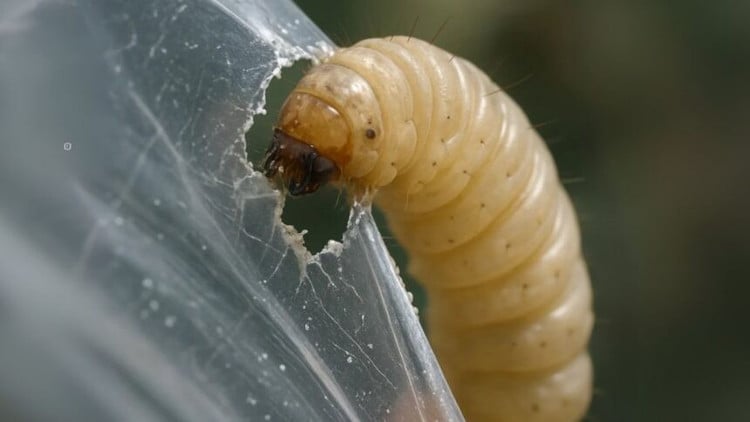
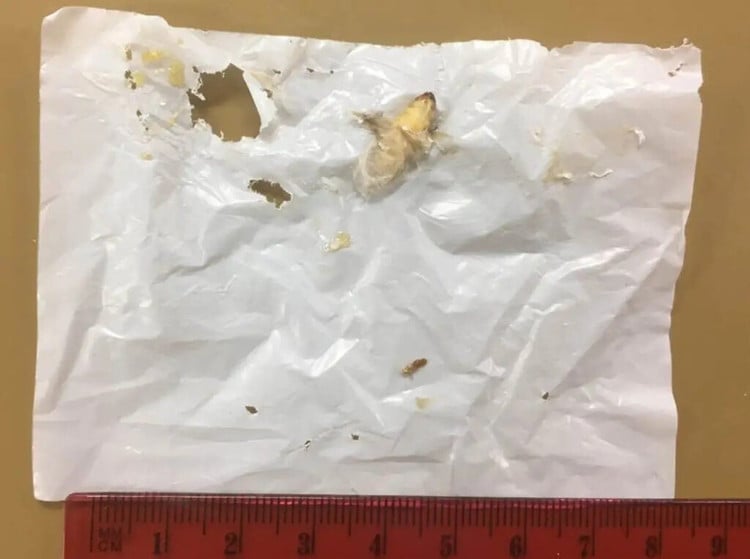
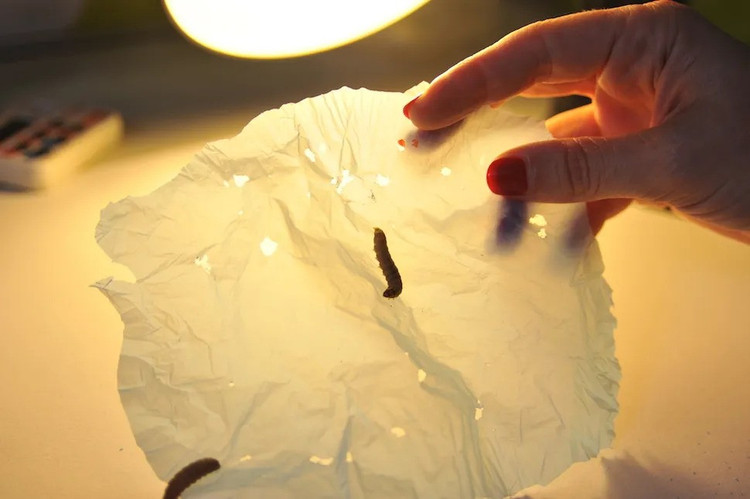
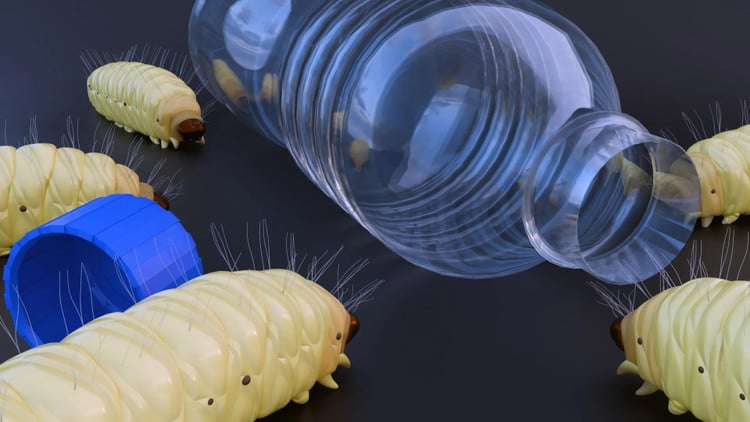
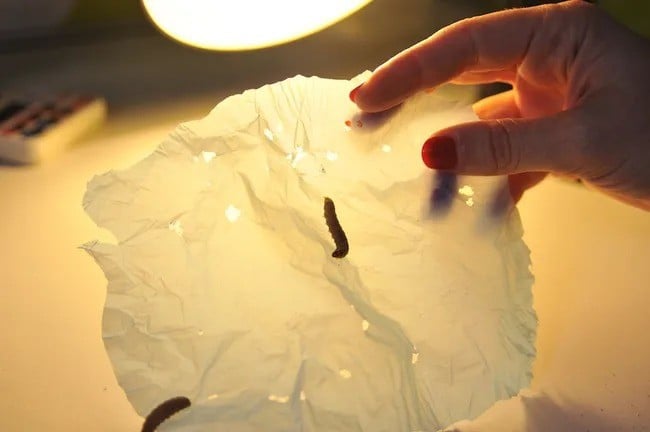
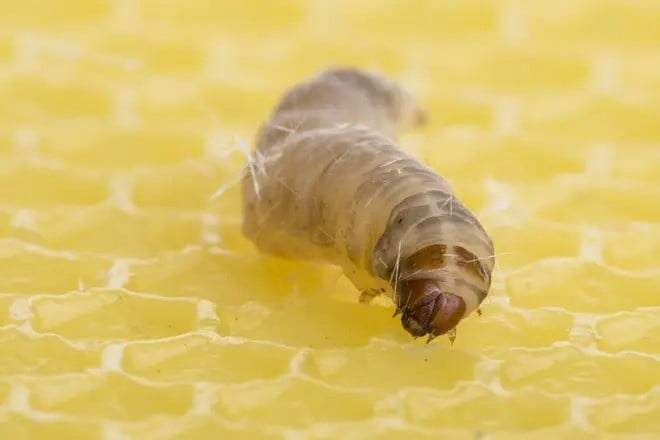
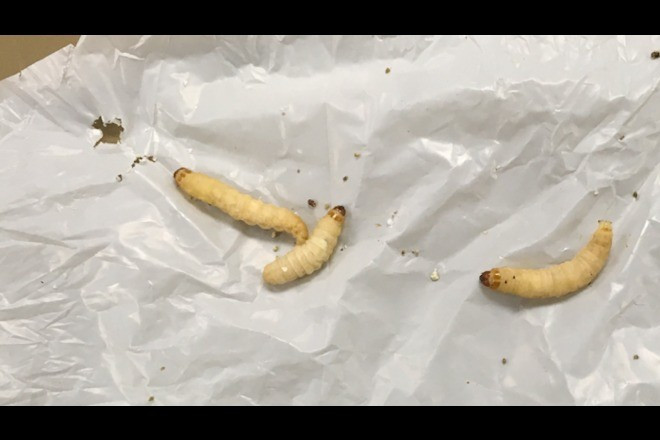
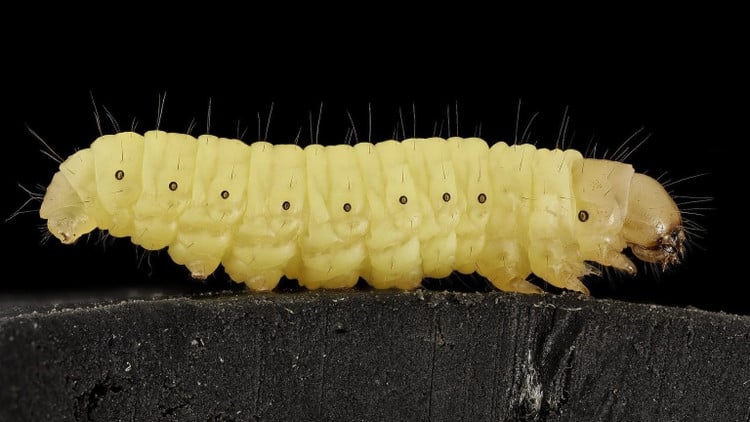
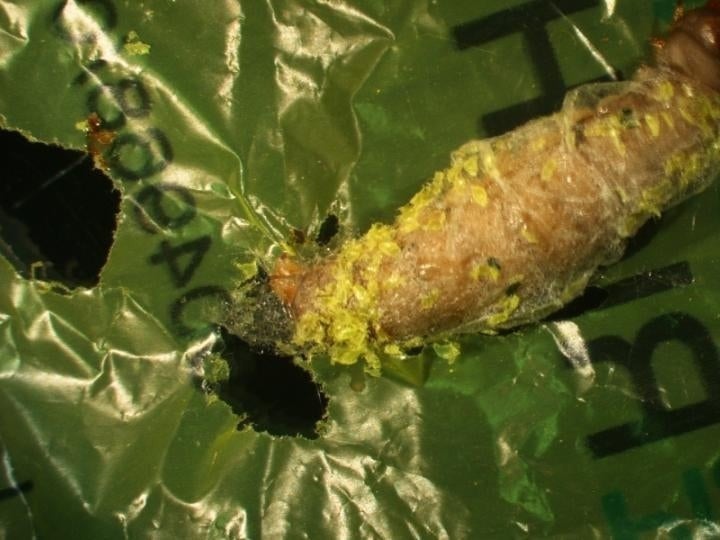
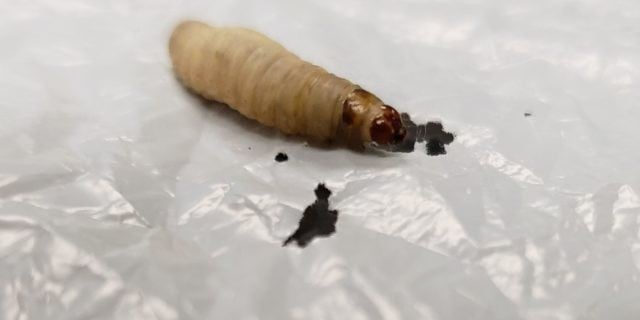
![[Photo] Impressions of the Can Gio Whale Festival](https://vphoto.vietnam.vn/thumb/1200x675/vietnam/resource/IMAGE/2025/10/09/1759984089762_image12334-5642-jpg.webp)


![[Photo] Prime Minister Pham Minh Chinh chairs the Conference to deploy the National Target Program on Drug Prevention and Control until 2030](https://vphoto.vietnam.vn/thumb/1200x675/vietnam/resource/IMAGE/2025/10/09/1759990393779_dsc-0495-jpg.webp)














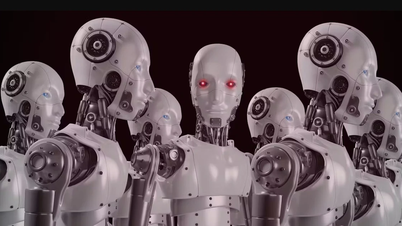

![[INFOGRAPHIC] Bigme HiBreak Pro Color, Smartphone for book lovers](https://vphoto.vietnam.vn/thumb/402x226/vietnam/resource/IMAGE/2025/10/08/1759930976900_info-dt-docsach-02-jpg.webp)














































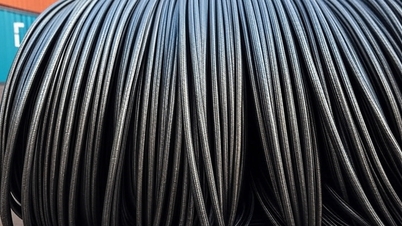

















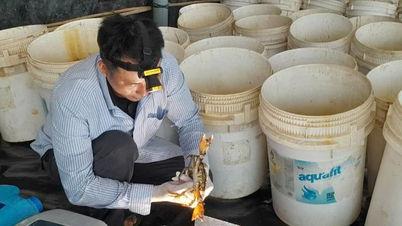





Comment (0)